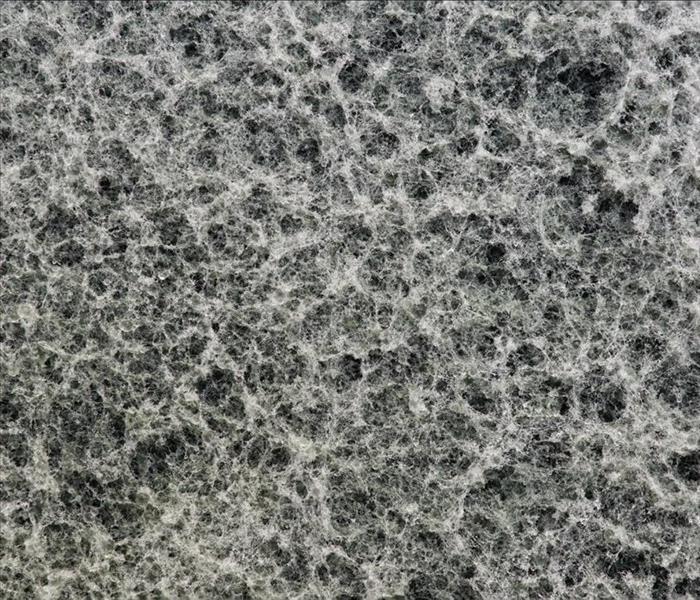The Life Cycle Of Mold Spores That Cause Damage In Leominster
9/14/2017 (Permalink)
Understanding Mold Morphology Improves Remediation Techniques
Mold spores are everywhere. The omnipresence of mold is not a pleasant thought, but it is nonetheless true – fungus occurs naturally in the world around us, and the microscopic spores are frequently present both indoors and outdoors.
SERVPRO understands that mold damage is a cause for concern in Leominster homes. We know our customers are naturally not too fond of the telltale black and green patches. That is why we are on hand to quickly remediate mold and take steps to discourage regrowth. Understanding the life cycle of mold spores helps explain how and why fungus grows in your home.
The fungal life cycle begins with cells called hyphae. Hyphae are tiny hair-like cells that need two things to move to the next stage: Moisture and a food source. Moisture is present in many places throughout your home such as the laundry room, bathroom, kitchen or basement. Each hypha needs an organic food source – cellulose, wood, and drywall are all suitable choices.
Hyphae use nutrients and water to grow into a mycelium, which is the name for a cluster of hyphae. The mycelium is the telltale dark patch of mold that you recognize as a sign of mold damage in your home. Some of the individual hypha cells develop spores, which are the reproductive cells of mold.
The mycelium releases the spores, which drift through the air or cling to clothes, footwear, or your pet’s coat. Once the spores find a new spot with enough food and moisture, they settle and begin growing new hyphae. Thus the mold life cycle is complete and keeps on turning as more and more spores are produced and released to establish new colonies.
Understanding the mold life cycle makes it easy to see why complete mold eradication is not possible. However, SERVPRO’s IICRC-certified technicians are on hand to carry out thorough remediation and do all we can to prevent regrowth. We establish containment around affected areas and remove all visible signs of mold. We dry the area and give you advice on keeping it dry so that mold does not have the moisture it needs to start growing again.
For help with fungus in Lancaster, Harvard, Clinton and surrounding areas, call SERVPRO of Fitchburg-Leominster at (978) 537-1500 today.
More information about this city right here.






 24/7 Emergency Service
24/7 Emergency Service
